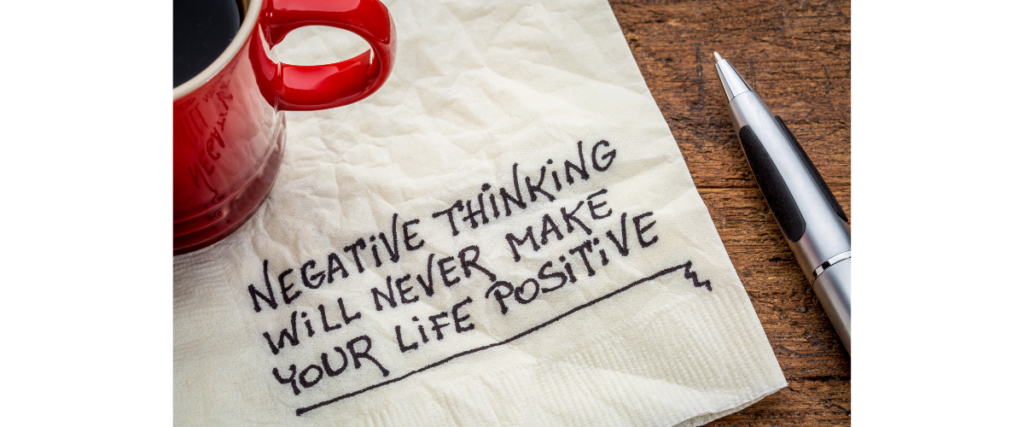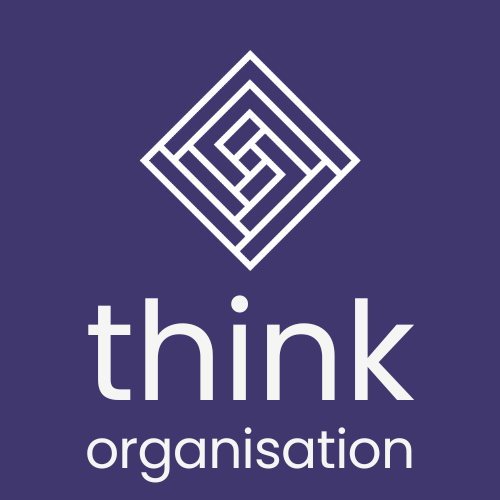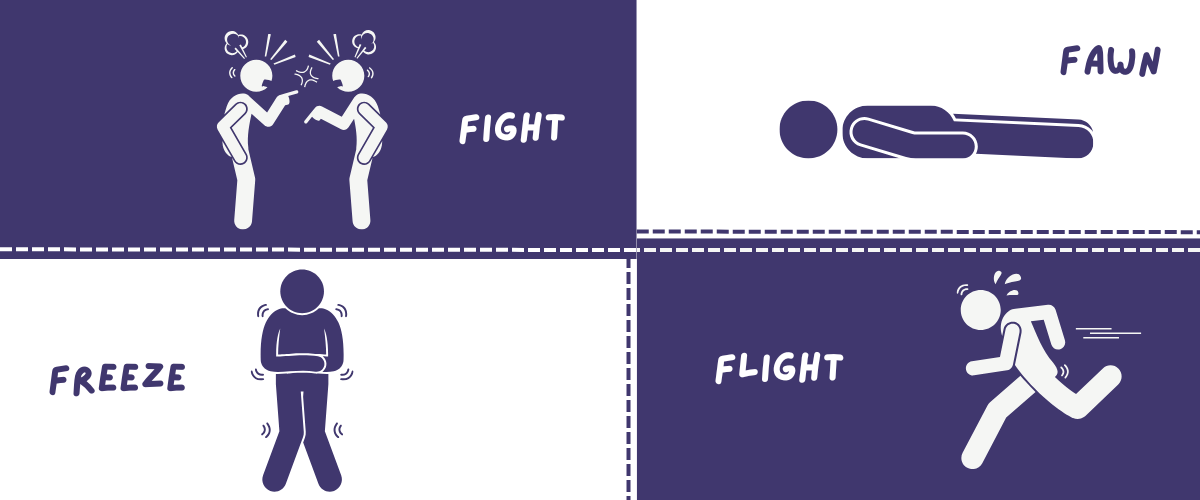This week has brought with it an abundance of moaning, both at home and in the office. Humans need time to adapt, and while change is inevitable in life, it is essential for businesses to survive. In several offices this week, after the obligatory exchanges about the festive season, people quickly turned to moaning (about the weather, their colleagues, football, the news – it doesn’t seem to matter). Negative Nellies have been rife everywhere.
The definition of a moan, in this context, refers to an informal complaint or grumble where people express dissatisfaction about something, often perceived by others as repetitive or unproductive. So, have you noticed others moaning to you this week? Have you had a greater tendency to moan more than usual?
The challenge with moaning is that, while it can feel cathartic in small doses, it can also influence our thoughts, emotions, and behaviours when it begins to dominate. It affects others too, pulling them down and creating a spiral of negativity. Have you measured the levels of employee negativity in your business recently? More importantly, have you assessed the cost of this negativity to your organisation?
Years of research have shown that employees with low morale, those who speak negatively about their company, or those who are disengaged are less productive. In 2024, Gallup estimated the global cost of low employee engagement at $8.8 trillion – larger than the economic output of Japan! This figure represents 9% of worldwide GDP. Imagine if your manufacturing line could produce 9% more output at the same cost, or if your agency team could deliver high standards with 9% fewer resources. What if your company became 9% more profitable? The possibilities are vast, and this is just the beginning.
At Think Organisation, January is always a busy month for us. We help clients analyse the past 12 months’ data to develop the latest benchmarks on organisational culture across UK businesses. Like much other research, the trends don’t look particularly positive. But how can we use this as an opportunity? As many films and adverts have said before: how can we turn frowns upside down?

Step 1: Moaning Context
The first step is to understand the context or environment that has triggered the moan. Was it caused by a recent event, a shared connection, or something deeply important to the person? Often, people join in with others’ moaning to be polite or sociable. But it’s worth considering the source of the moan.
Moaning can occur for various reasons, including seasonal or physiological influences that many people aren’t even aware of. For example, the American Psychiatric Association (2022) found that 40% of Americans experience a significant decline in mood during the winter, with 66% reporting that this negatively affects their behaviour. Key factors include:
- Decreased sunlight: Lower levels of vitamin D affect mood and sleep regulation.
- Increased illness: Winter brings higher chances of sickness, which can lead to anxiety and depression.
- Isolation and hibernation: People feel more fatigued, are less keen to socialise, and prefer to stay warm indoors, which can lead to loneliness.
- Reduced exercise: Cold, damp weather discourages outdoor activity, reducing the release of mood-boosting chemicals from exercise.
When someone moans to you (or you find yourself moaning!) pause and consider the context:
- Is there a deeper problem being highlighted?
- Does the person (or do I) want a solution, or just a chance to vent frustrations?
- What would the world look like if this issue were resolved?
Step 2: Clarity of Moaning
Once you understand the context, the next step is clarity. Ensure you grasp the issue clearly and simply. Perceptions vary, so it’s vital to investigate, query the reality, and support yourself or the individual in addressing the moan.
Ask yourself: Do they really want help fixing this issue, or do they just need a sympathetic ear? Offering support and empathy while listening can be powerful. Useful questions include: Who? What? Why? When? How? Where?
Instead of asking these directly, reflect on your own behaviour next time you’re mid-moan:
- Who am I moaning about?
- What is the issue?
- Why has it affected me?
- When did I start to feel this way?
- How do I want to feel or react?
- Where do I tend to moan?
Humans have a negativity bias, making us 12 times more likely to focus on negatives than positives. For every 12 moans, there’s just one positive comment. Consciously work on shifting this balance.
For example, in situations like bad weather, ask:
- What can I control? (e.g. preparing for rain)
- What can I influence? (e.g. carrying an umbrella)
- What’s beyond my control? (e.g. the rain itself)
Step 3: Moaning Communication
Moaning can be both addictive and temporarily soothing. Sharing frustrations with someone offers short-term relief, but does it change anything?
Humans are inherently social, and communication is fundamental. Think of the last time you were in a positive environment filled with laughter – how infectious it was! Unfortunately, moaning is just as contagious. When one person starts, others often join in to bond.
To break the cycle, next time you find yourself moaning or in a group of moaners, try this:
- Will moaning solve the problem? For example, complaining about poor customer service achieves little unless you address this directly with the organisation responsible.
- Reframe your complaint or moan. Describe the issue factually and explore constructive alternatives. For instance, instead of complaining about rain, consider how it benefits nature or gives you time for your favourite indoor activity.
In organisations, unchecked moaning can create a toxic culture. It’s tough to be assertive and resist joining in, but start small. Notice the moaning and take steps to shift the tone. Reducing negativity can lead to profound changes, not just for individuals but for entire teams and businesses.
For help or support, or a measure of your current culture reach out to us – [email protected].



